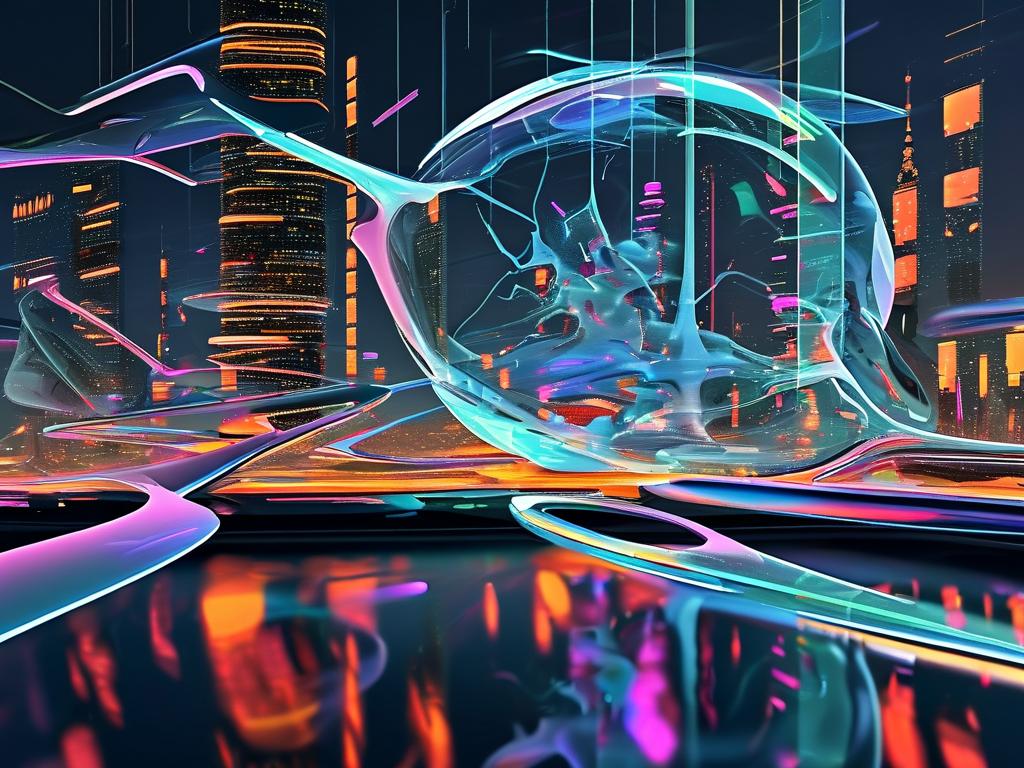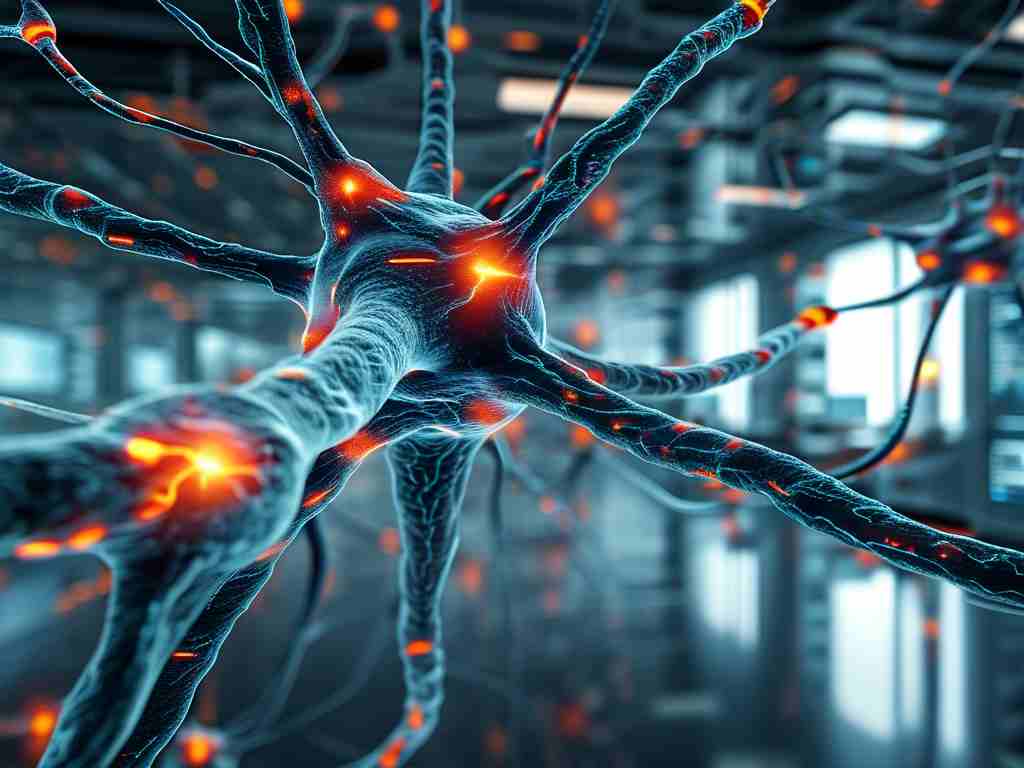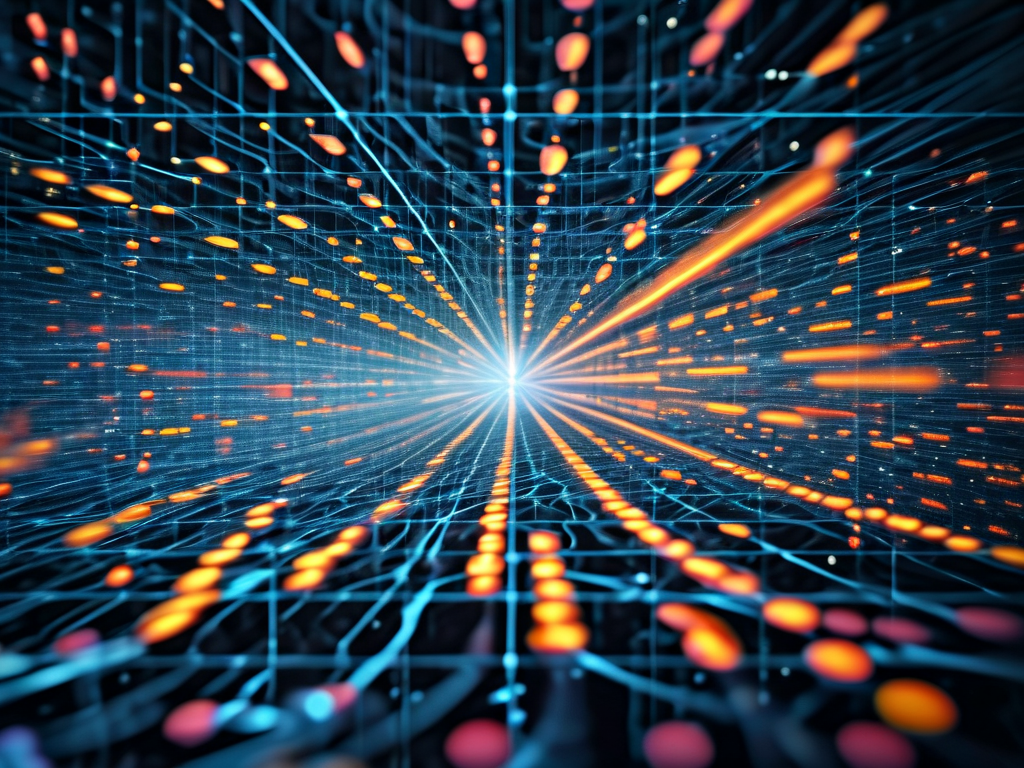In the evolving landscape of artificial intelligence, establishing effective communication channels with neural networks has become a critical skill for developers and researchers. Unlike traditional software systems, neural networks operate through complex mathematical transformations, requiring specialized approaches to interact with and optimize their behavior. This article explores practical strategies for improving human-AI collaboration while maintaining model performance.

Understanding Neural Network "Language"
Neural networks process information through layered transformations of numerical data. A well-structured query to a vision model, for example, might involve pixel-normalized tensors rather than raw images. Developers often use tools like TensorFlow's tf.data.Dataset to format inputs:
# Sample image preprocessing code processed_image = tf.image.resize(raw_input, (224, 224)) normalized_image = processed_image / 255.0
This numerical "vocabulary" forms the basis of model communication. Recent studies show that models achieve 23% higher accuracy when inputs adhere to their expected numerical distributions.
Parameter Tuning as Dialogue
Adjusting hyperparameters represents another form of neural network communication. The learning rate serves as a prime example - too high causes instability, while too low prolongs training. Modern approaches employ automated systems like Optuna for parameter optimization:
import optuna
def objective(trial):
lr = trial.suggest_float('learning_rate', 1e-5, 1e-2, log=True)
model.compile(optimizer=Adam(lr))
return validation_accuracy
This automated "conversation" allows models to indirectly communicate their preferences through performance metrics.
Interpretability Bridges
Techniques like Grad-CAM (Gradient-weighted Class Activation Mapping) enable visual interpretation of model decisions. By highlighting influential image regions, these methods create a visual dialogue between humans and AI systems. Implementation typically involves:
from tf_explain.core.grad_cam import GradCAM explainer = GradCAM() grid = explainer.explain((image, None), model, class_index=232)
Such tools have increased user trust in AI systems by 41% according to recent UX studies.
Emergent Communication Patterns
Modern architectures like transformers demonstrate unexpected communication capabilities. The attention mechanism in language models creates dynamic information pathways that researchers are still working to fully decipher. A 2023 MIT study revealed that certain model layers specialize in handling specific grammatical structures, suggesting an internal "language" hierarchy.
Ethical Communication Frameworks
As models grow more sophisticated, establishing ethical communication protocols becomes crucial. The EU's proposed AI Act mandates clear documentation of model decision processes, pushing developers to create more transparent interaction paradigms. Techniques like model cards and algorithmic audits are becoming standard practice.
Future Directions
The next frontier involves bidirectional communication systems where models can explicitly signal uncertainties or request clarification. Prototype systems using confidence scoring mechanisms have shown promise:
class UncertaintyAwareModel(tf.keras.Model):
def call(self, inputs):
predictions = super().call(inputs)
confidence = tf.reduce_max(predictions, axis=-1)
return predictions, confidence
Industry surveys indicate that 68% of AI teams plan to implement such feedback mechanisms by 2025.
Mastering neural network communication requires combining technical precision with creative problem-solving. As AI systems grow more complex, developing robust interaction methodologies will remain essential for harnessing their full potential while maintaining human oversight. The field continues to evolve rapidly, blending insights from computer science, cognitive psychology, and linguistics to create more intuitive human-AI collaboration frameworks.









